Blame it on Sun! Average Solar PLFs not satisfactory
Blame it on Sun! Average Solar PLFs not satisfactory
Poor performance of solar projects has become a cause of worry recently. As a benchmark the large field based projects were expected to generate around 1500 kWh of electricity for each KW of solar panels installed in the Northern India. However the performance of these projects has not been satisfactory. The table below shows the actual number of units generated per kW of solar panels as recently announced by the Agencies for different Northern India states for the year 2012-13.
| States | Capacity (MW) | 2012-13 (PLF) | 2012-13: Equivalent kWh generated per kW |
| Haryana | 7.8 | 14.50% | 1270.2 |
| Punjab | 6 | 10.50% | 919.8 |
| Rajasthan | 11 | 16.00% | 1401.6 |
| Uttar Pradesh | 7 | 8.16% | 714.816 |
| Uttarakhand | 5 | 14.70% | 1287.72 |
Few solar plants have not reported data for all the months for various reasons. Overall the data has released for 69 power plants and the corresponding average PLFs of all the states for the year 2012-13.
Of course some of these projects have generated electricity as expected but many have not.
The performance of the project in terms of electricity generation depends on the quality of panel. It implies that a 15% efficiency panel should convert 15% of the radiation falling on it to the useful electricity. Also polysilicon panels should not be having performance degradation more than 0.7% to 1% year on year.
The electricity generation will also depend on the sun radiation available in that year.
Experts say that the generation also depends on the tilt of the panels installed. The radiation available on a flat surface would be significantly lower than that on the tilted surface.
Jury is still out to understand what caused the poor performance of these projects. A high radiation with humid condition does not support high generation for example.
Year 2013 remained a year when Indian witnessed an extra-ordinary monsoon. PID problem of Indian solar panel manufacturers still remain and need to be resolved.
For the time being we can blame it on Sun! Sun was not kind enough to provide sufficient radiation. Hopefully we get better radiations and better generation in future years and for the two years that have already passed.
Suggested Articles
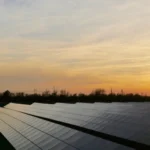
1 MW Solar Plant Cost in Haryana | A Complete Guide
Planning a 1 MW solar power plant in Haryana? This guide covers complete 2025 cost details, subsidy schemes, ROI, and savings potential for industrial users.

6 Upcoming Renewable Energy Events in India You Should Attend
The World Environment Expo, 2022 is a business platform that allows national and international equipment
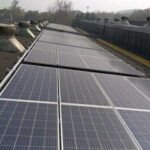
Benefits of Solar Energy: Why Switching to Solar Makes Sense
Switching to solar energy offers numerous benefits, from lowering electricity bills to reducing your carbon footprint. This guide explores how solar power supports sustainable living, provides cost savings, and creates a cleaner environment for homes, businesses, and industries. Learn why adopting solar energy is not just smart, but essential for a greener future.
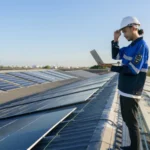
Net Metering and its Advantages
Net Metering allows solar panel owners to feed excess electricity back to the grid and earn credits, reducing energy bills. Learn the key advantages of net metering for homes and businesses.

How to Improve Energy Efficiency and Save Electricity Costs
Learn how energy conservation and efficiency can help you save electricity, cut costs, and make your home or business more sustainable
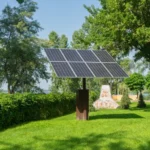
Solar Power Park Scheme: Central Government Expands Clean Energy Initiative
The Union government plans to launch the second phase of a dedicated program to develop solar parks across the country that will aim to plug loopholes and overcome slow progress.
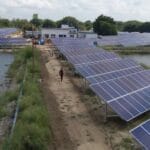
Demystifying Battery Backup: Everything You Need to Know
Battery backup is essential for uninterrupted power at home and in industries. This guide explains different types of battery backup systems, how they work, their benefits, and tips to choose the right one for reliable energy storage.
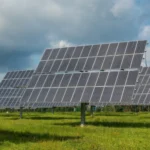
Agrovoltaics Innovation: Boosting Solar Energy While Supporting Farming
Explore agrovoltaics innovation: how combining solar energy with farming boosts efficiency, supports agriculture, and maximizes land use.